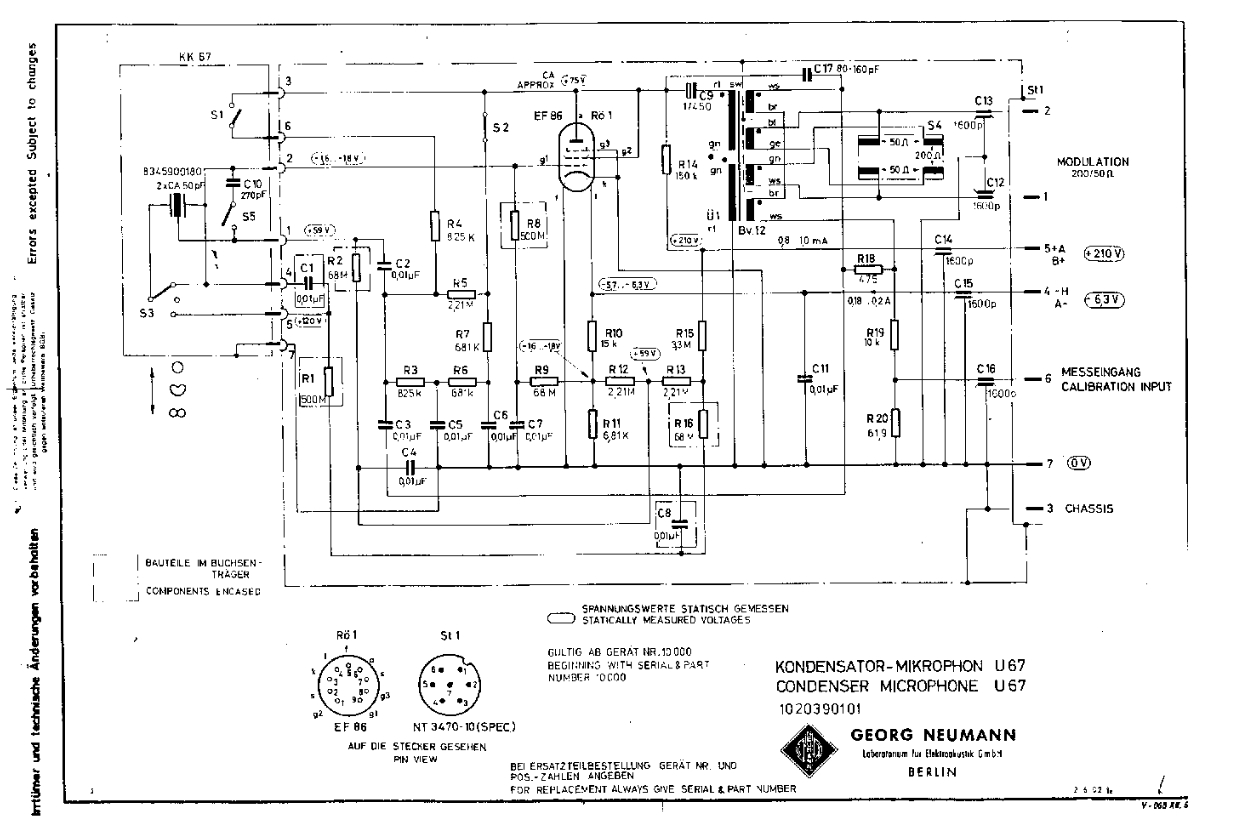Hello,
I finished my U67 recently. It sounds great, works fine, but seems slightly dull to me. Is this normal?
RK67 capsule
BV12 transformer
Having no experience with a real U67, I'm wondering if this is the way it should sound or if I'm way off. I didn't do any kind of calibration, is there a calibration process other than the frequency response test described in the manual?
Any help is appreciated. Thanks.
-Kevin
I finished my U67 recently. It sounds great, works fine, but seems slightly dull to me. Is this normal?
RK67 capsule
BV12 transformer
Having no experience with a real U67, I'm wondering if this is the way it should sound or if I'm way off. I didn't do any kind of calibration, is there a calibration process other than the frequency response test described in the manual?
Any help is appreciated. Thanks.
-Kevin



























![Soldering Iron Kit, 120W LED Digital Advanced Solder Iron Soldering Gun kit, 110V Welding Tools, Smart Temperature Control [356℉-932℉], Extra 5pcs Tips, Auto Sleep, Temp Calibration, Orange](https://m.media-amazon.com/images/I/51sFKu9SdeL._SL500_.jpg)







